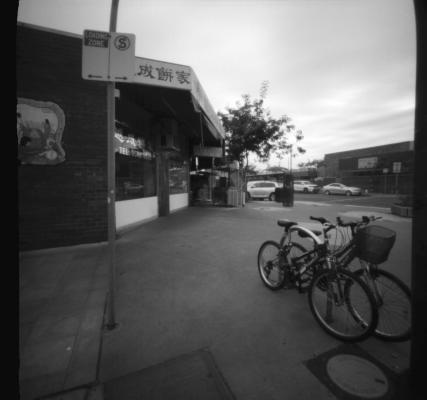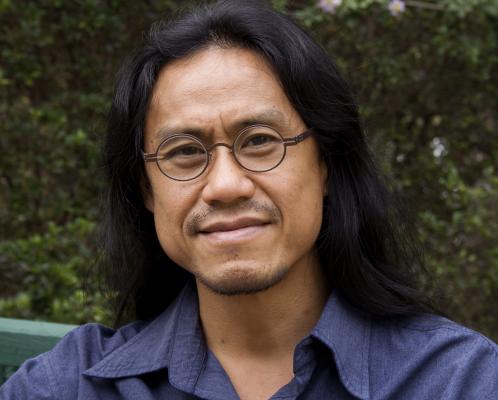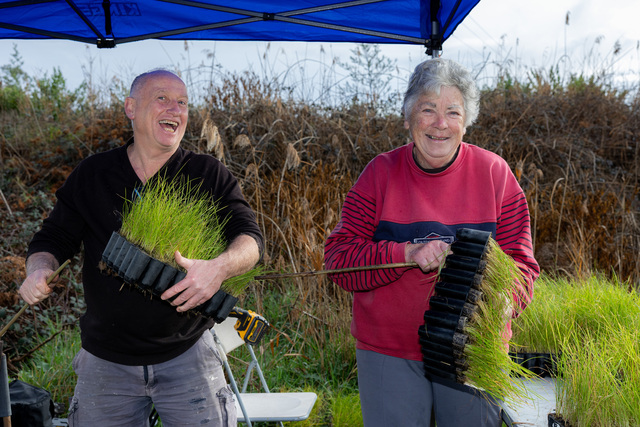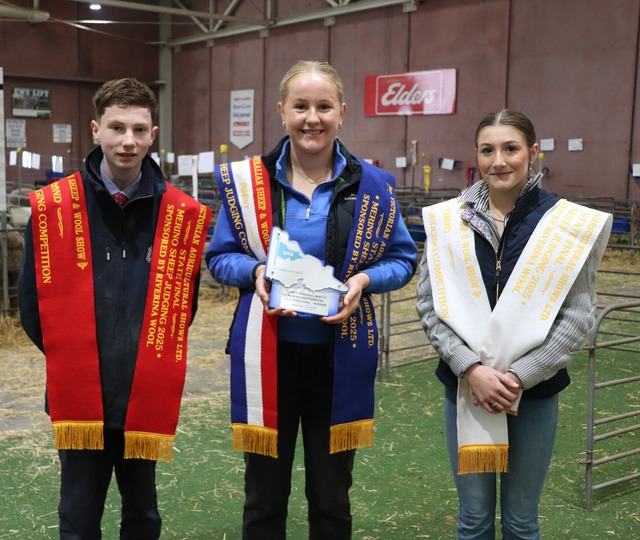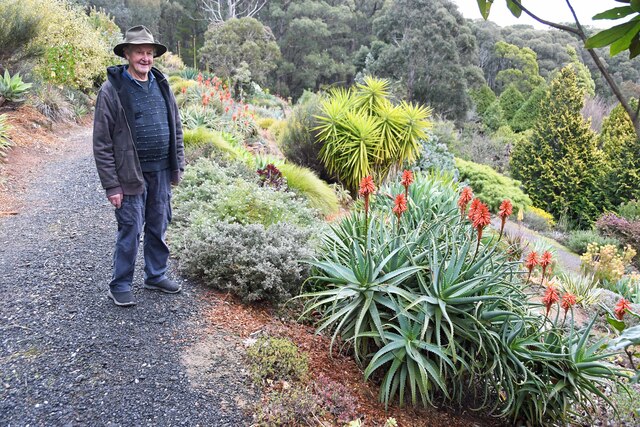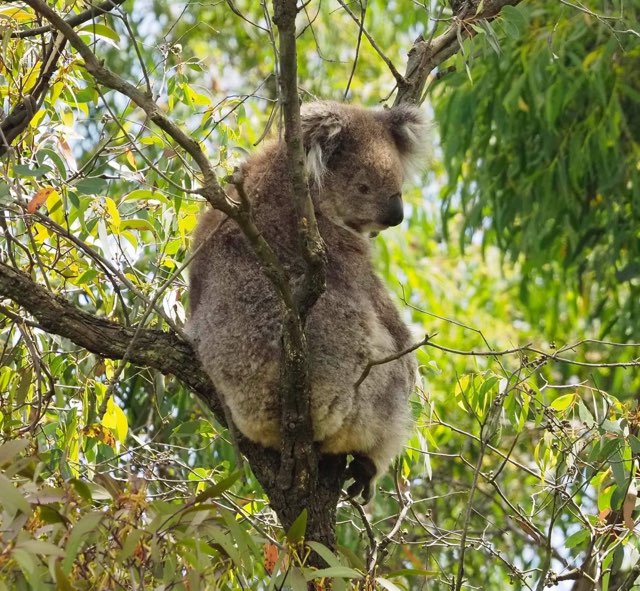Arriving in Australia in 1982 at the age of 17, Dr Dacchi Dang recalls a rush of activity: of being bundled into a car from the airport and driven to Springvale’s Enterprise Migrant Hostel.
That was his first taste of Victoria, his new home.
As a refugee from Vietnam, everything was alien to him – new sights, a new tongue, and even new sport.
“It was an absolutely new experience, we felt unsure but excited about the future ahead,” he recalls.
He and his siblings attended English classes to get a handle on the new language, and older arrivals went to find some work while their children went to school.
“At that time, I didn’t speak much English at all, but at the same time I just wanted to look at how to learn as much Australian culture as possible every weekend,” he says.
Cricket and AFL helped introduce him to Australian culture – although he says they were tricky to learn at first.
They maintained their connection to Vietnam through food, which Dr Dang says can have a major impact on how comfortable people feel in their new homeland.
He says migrants have to strike a balance between the inside and outside space: their home, and the external community they need to integrate with.
“They have memories about their homeland, but then when you’re out in the public you have to try and integrate,” he explains.
“Especially for migrants when they don’t have much understanding of culture and language, it’s always challenging.
“That’s why they create their own community centres, to be able to feel comfortable and familiar.”
His own experiences have fuelled an interest in the Vietnamese diaspora and the experiences of migrants more generally, which has taken form in his artwork.
Dr Dang works primarily in photography, although he has tackled larger projects too.
In 2000, he made a replica of a refugee boat so that visitors could walk inside the boat and “experience how fragile, how tiny it was in the big ocean.”
“It’s a boat maybe 10 to 15 metres max, now imagine that in a big ocean – basically it’s a drop of sand,” Dr Dang says.
“On those kinds of vessels, people tried to find freedom, a new home.”
He feels that it’s important to record the experience of migrants and refugees through art so that generations to come can understand their history.
Dr Dang is exhibiting some of his photographs in the City of Greater Dandenong’s HOME exhibition, which started this month online and runs until 15 August.
The series of black-and-white photographs retrace his steps through his old neighbourhood of Springvale.
“I hadn’t been back to that neighbourhood for a long time,” he says.
“My reason for getting involved with this exhibition was because it is interesting to see how other migrant communities experience life when they come to this country as well.
“This series of work is kind of retracing the environment and documenting some of the details of how the next culture has integrated into our society.”
Dr Dang says he was fascinated by the changes and the contributions that new migrants have made, and by the level of support now offered to new arrivals from NGOs, community networks and the government to create a sense of belonging.
“Each migrant community contributes to the Australian landscape, changing it into a more diverse, multicultural society. In the 70s and 80s, it was Asian migrants and before that the Greeks and Italians after World War Two.
“We cannot deny that part of our identity.”
He hopes that his pictures will bring back memories for other members of the migrant community, and remind them of their contributions.
“Hopefully, even in isolation people can look at these and reflect on their past and go forward from there,” Dr Dang says.
To find out more about the HOME exhibition, visit www.greaterdandenong.com/home

